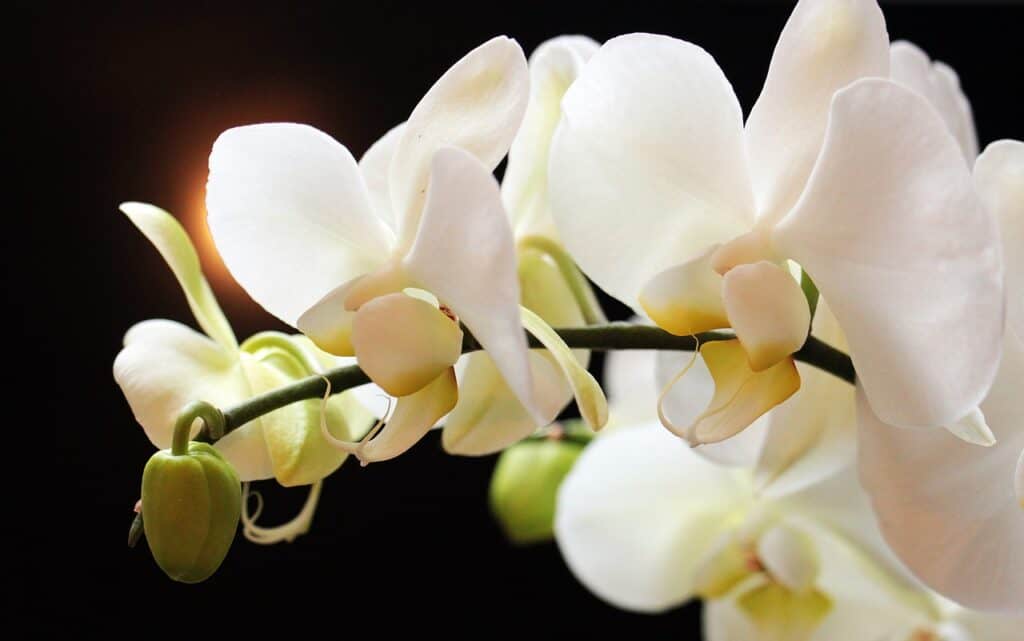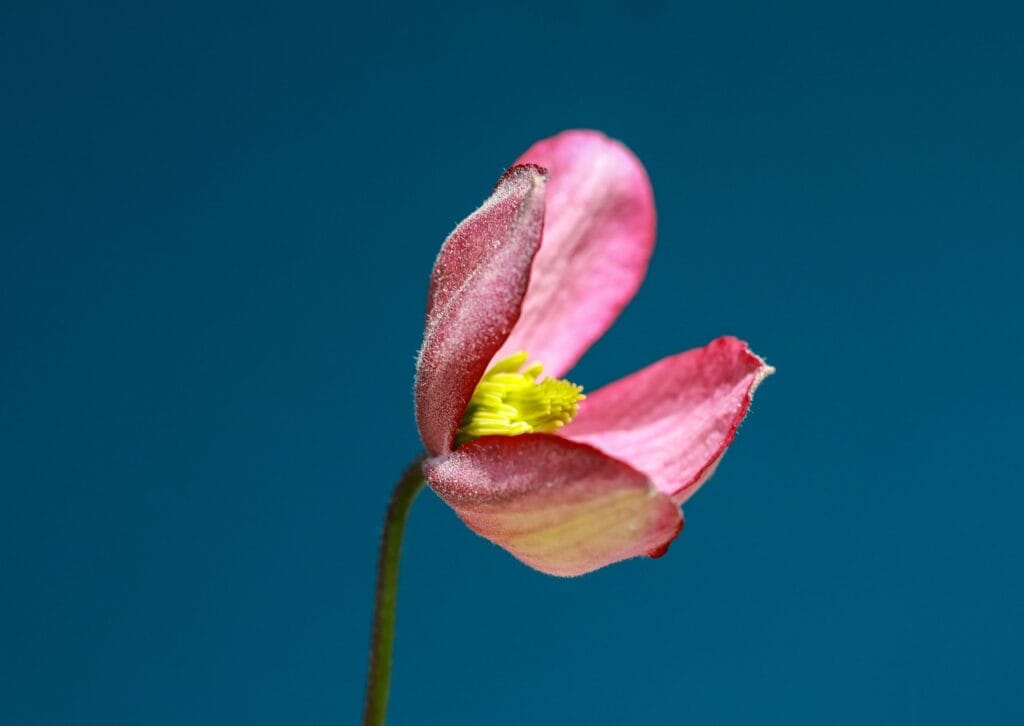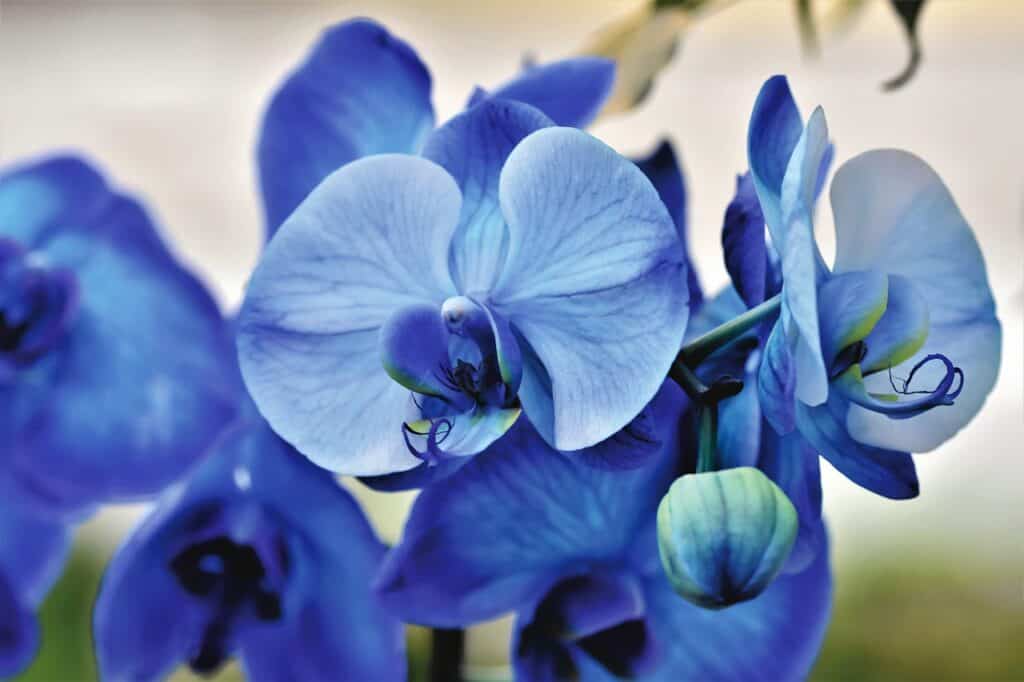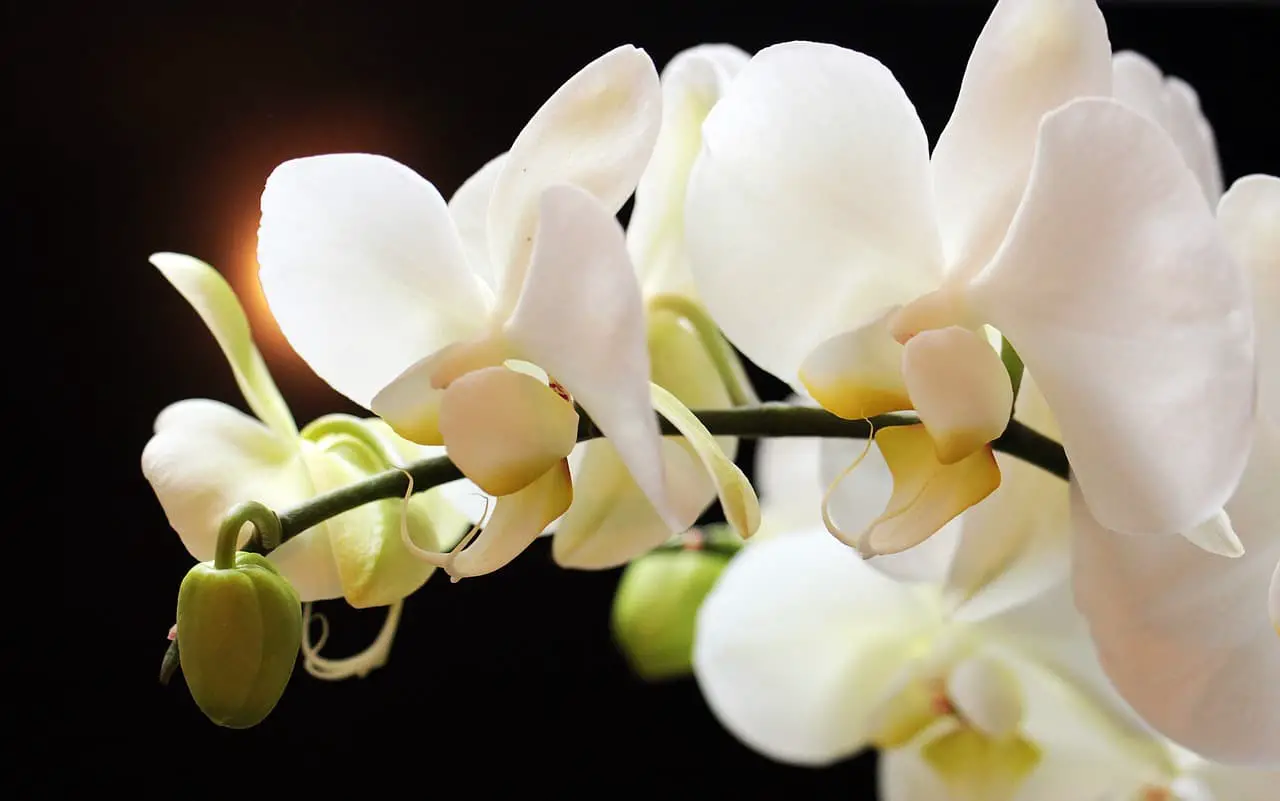Orchids are renowned for their captivating beauty and exotic allure, but they also have specific temperature requirements that are crucial for their well-being. Orchid temperature needs vary by species, and understanding these requirements is essential for successful cultivation. In this article, we will explore orchid temperature requirements, delving into common questions and addressing related search queries that often arise in the world of orchid care.
The Importance of Orchid Temperature Requirements
One of the key aspects of orchid care is providing the right temperature range for your orchids. Different orchid species originate from various climate zones, and understanding these temperature preferences is vital. Here are some common questions and search queries related to orchid temperature ranges:

What temperature range do most orchids prefer?
- The majority of orchids thrive within a temperature range of 60-80°F (15-27°C) during the day, with a drop of about 10-15°F (5-8°C) at night. This day-night temperature differential is crucial for triggering blooming in many orchid species.
Are there orchids that require cooler temperatures?
- Yes, some orchids, like Cymbidiums and Masdevallias, originate from cooler regions and prefer daytime temperatures around 50-70°F (10-21°C) with a significant drop at night. These cooler temperatures are necessary for these orchids to thrive and flower.
Managing Temperature Variations
Maintaining the right temperature for orchids can be challenging, but it’s essential to provide the best growing conditions. Here are common questions and search queries related to managing temperature variations:
How can I create the ideal temperature for my orchids?
- Orchid enthusiasts often use various methods to maintain the right temperature, such as adjusting the location of the orchids within the home, using temperature-regulating devices, and choosing suitable orchid species for their local climate.
What should I do if my climate doesn’t match my orchid’s preferences?
- If your local climate doesn’t align with your orchid’s temperature requirements, consider using a greenhouse or an indoor growing space with controlled temperature and humidity. Additionally, explore orchid species that naturally thrive in conditions similar to your local climate.

Dealing with Extreme Temperatures
Orchids can be sensitive to extreme temperatures, and understanding how to protect them is essential. Here are common questions and search queries related to dealing with extreme temperature conditions:
How do I protect my orchids from extreme heat?
- During hot weather, it’s crucial to provide adequate shade, increase humidity, and use fans or evaporative cooling to prevent orchids from overheating. Watering may need to be adjusted to keep the roots from drying out.
How can I safeguard my orchids from freezing temperatures?
- Orchids are highly susceptible to frost and freezing conditions. Protect them by bringing them indoors during cold spells or using frost cloth, blankets, or an orchid house to shield them from freezing temperatures.

Conclusion: Orchid Temperature Care for Flourishing Blooms
Understanding and managing orchid temperature requirements is a fundamental aspect of orchid care. Providing the right temperature conditions is key to encouraging healthy growth, vibrant foliage, and exquisite blooms. Whether you’re nurturing tropical orchids in warm, humid climates or tending to cool-growing orchids in temperate regions, the ability to adjust and regulate temperature is the key to orchid success. With dedication and a keen awareness of your orchid’s temperature needs, you can create the perfect climate for your orchids to thrive and grace your living space with their timeless elegance.

